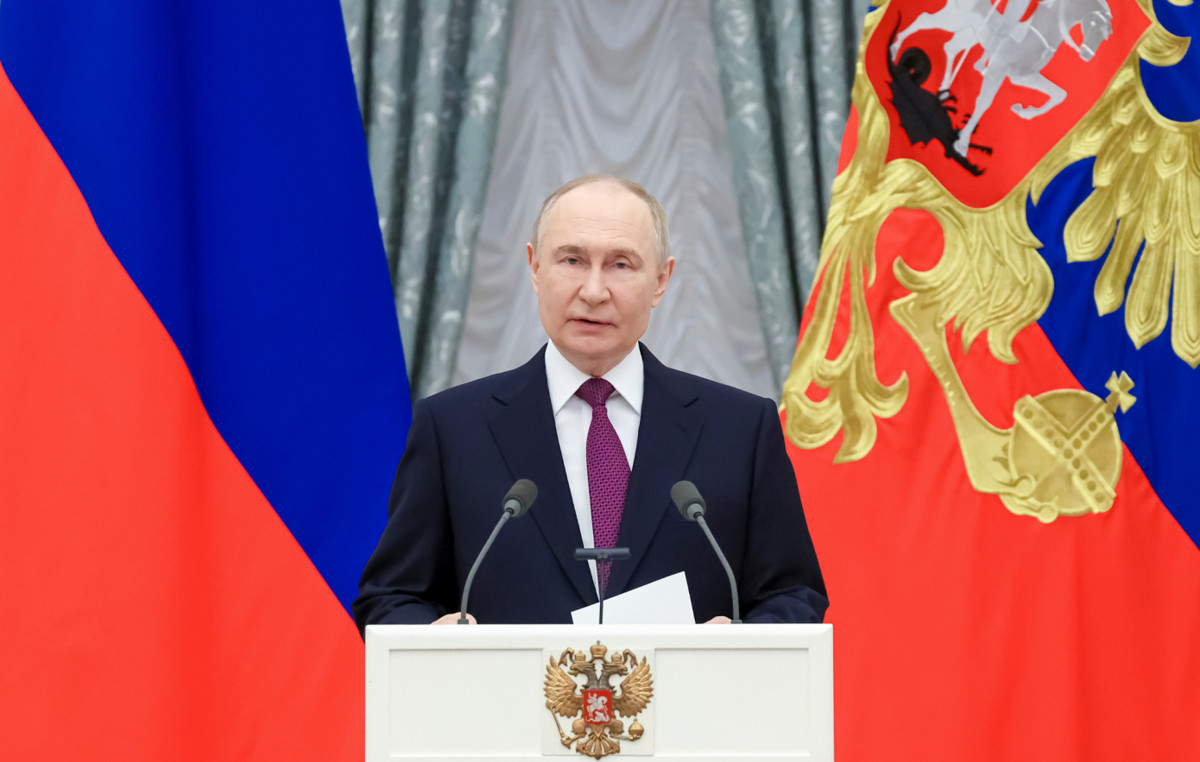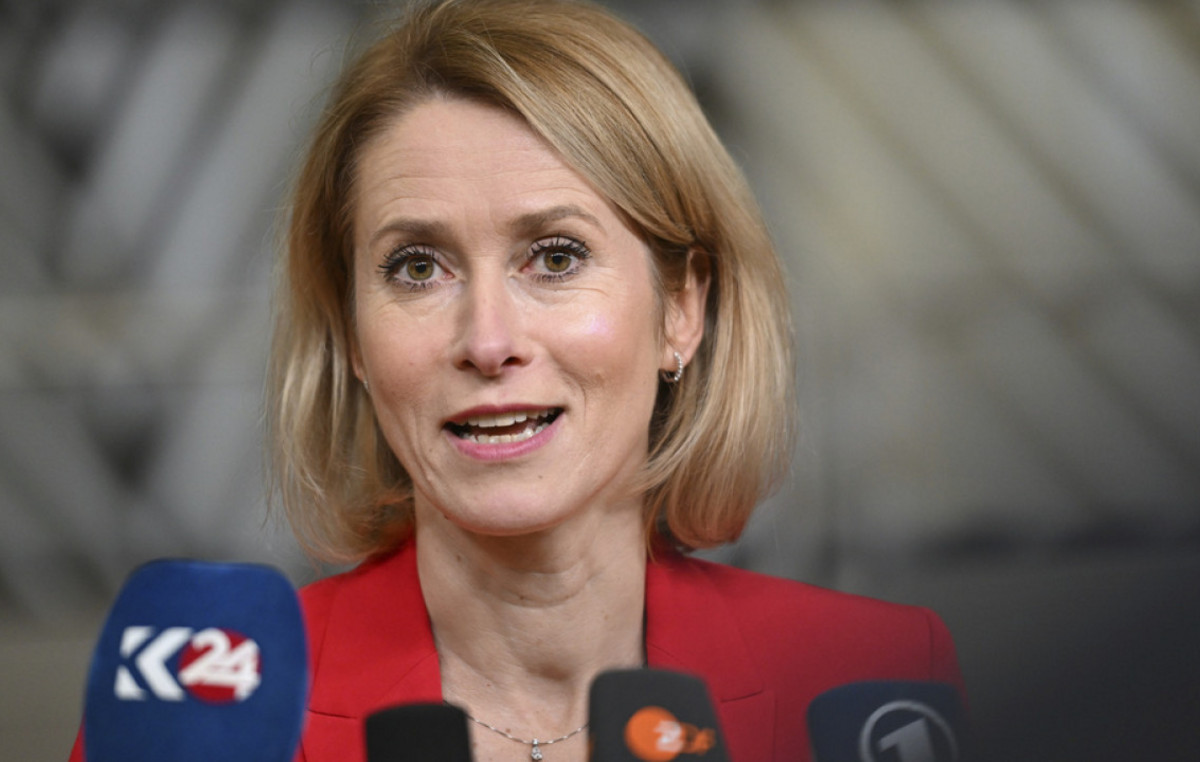The heads of transnational financial regulators have announced that stablecoins are subject to the same settlement rules as traditional finance, and all participants in the crypto market are required to follow the same principles.
The Bank for International Settlements (BIS), the bank’s relevant Committee on Payments and Market Infrastructure (CPMI), and the International Securities Commission (IOSCO) have issued guidance on the use of stablecoins for cryptocurrency market participants.
Bank of England Associate Financial Stability Governor and CPMI Chairman Jon Cunliffe said the current market conditions highlight the need for strong regulatory requirements for stablecoins, especially when it comes to transparency and audit systems:
“Crashes in the cryptocurrency market are costly, but so far they are not systemic events. However, they highlight the speed at which trust in market participants can be eroded and how volatile cryptoassets can prove to be. There is a possibility that such events could become systemic in the future, especially given the strong growth of markets, as well as the strengthening of ties between crypto assets and traditional finance.”
Most companies in the crypto industry are participating in a technological race, trying to provide users with instant, secure and round-the-clock payments in crypto assets, and stablecoins are at the center of this process, regulators say. To understand the macroeconomic and institutional benefits of stablecoins, their potential to overcome regulatory hurdles and improve banking services, it is necessary, officials say, to answer the questions: “What are these stablecoins? Are they really stable? What is the security behind them?
The final version of the BIS guidance states that if a stablecoin acts as a medium of transfer or is considered “systemically important”, it must comply with the traditional principles of financial market infrastructure (PFMI) and other international standards. Payment systems, central securities depositories, settlement systems, central counterparties and trade repositories should follow uniform international principles.
A guide to using stablecoins came to light shortly after the European Central Bank published its vision for the future of digital currencies.
Source: Bits
I’m James Harper, a highly experienced and accomplished news writer for World Stock Market. I have been writing in the Politics section of the website for over five years, providing readers with up-to-date and insightful information about current events in politics. My work is widely read and respected by many industry professionals as well as laymen.





